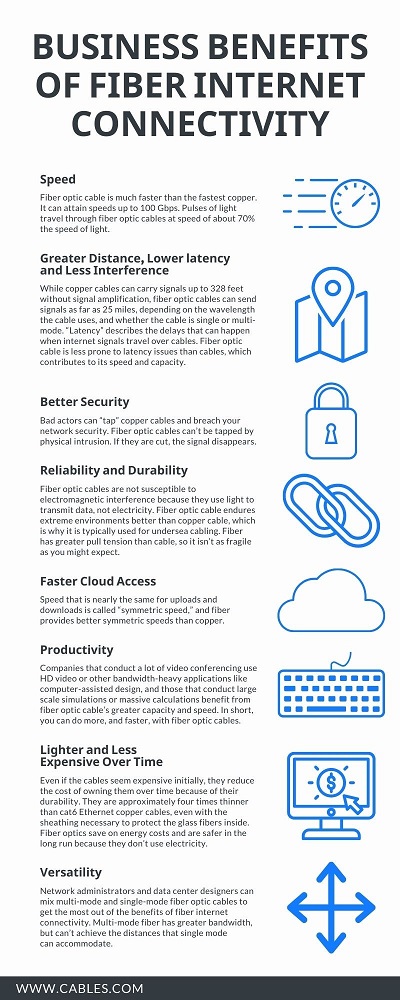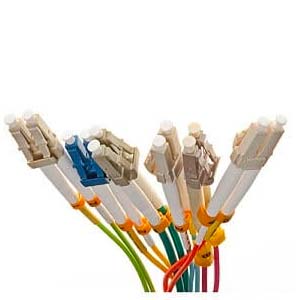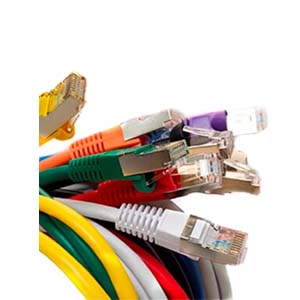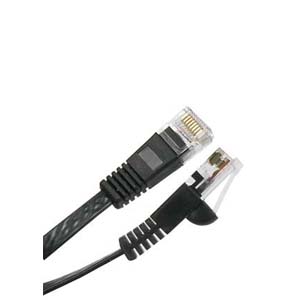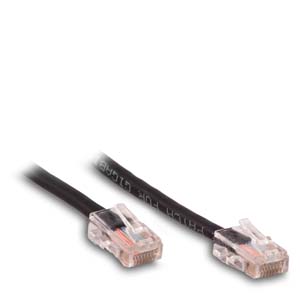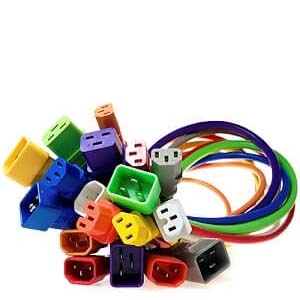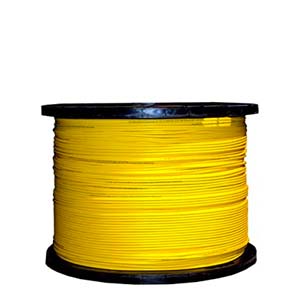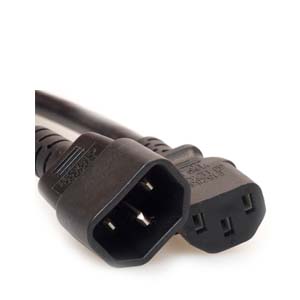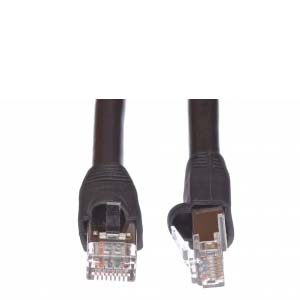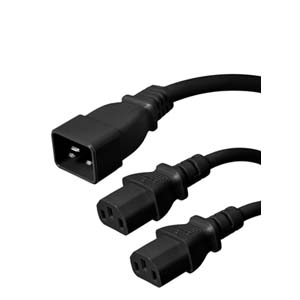Cables Blog
Business Benefits of Fiber Internet Connectivity
by VIKAS DAYAL • August 02, 2020
Data Center, Custom Fiber Optic Cables, Fiber Optic Cables
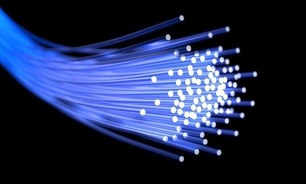
Most businesses have adapted to the necessity of upgrading and adapting network equipment as new innovations become standardized and broadly available. As businesses grow and change, so do their network needs. Speed, capacity, and the ability to serve a growing remote workforce without network interruption all play into decisions about what type of network equipment to deploy. When fiber optic cable first appeared, it seemed like an expensive, highly exclusive kind of innovation that should be left to the huge telecoms and cloud services. Now, however, businesses of all types and sizes should consider the business benefits of fiber internet connectivity.
Speed
Fiber optic cable is much faster than the fastest copper. It can attain speeds up to 100 Gbps. Pulses of light travel through fiber optic cables at speed of about 70% the speed of light. Businesses that require fast access to data and the ability to both download and upload lots of data quickly benefit from fiber optic cable.
Greater Distance, Lower latency and Less Interference
Fiber optic cables can carry signals much farther than copper, with far less degradation in the signal strength. While copper cables can carry signals up to 328 feet without signal amplification, fiber option cables can send signals as far as 25 miles, depending on the wavelength the cable uses, and whether the cable is single or multi-mode. Organizations with multiple buildings spread across a campus, like research centers, hospitals, and some manufacturing facilities, benefit from fiber optic cabling to carry signals between buildings.
“Latency” describes the delays that can happen when internet signals travel over cables. Fiber optic cable is less prone to latency issues than cables, which contributes to its speed and capacity. Lower latency means that large files travel with less interruption, streaming happens with little or no “buffering,” and remote collaboration is smoother, with fewer frozen faces on video chats.
Copper cables are subject to electromagnetic interference, which can degrade and interrupt the signal. The pulses of light that bounce off the walls of the glass fiber as they travel along the cable are impervious to electrical interference and bounce blithely on despite the presence of MRI machines in hospitals or microwaves in the break room.
Better Security
Bad actors can “tap” copper cables and breach your network security. Fiber optic cables can’t be tapped by physical intrusion. If they are cut, the signal disappears. Security breaches are extremely costly, and businesses that experience data breaches are subject to stiff fines and possible lawsuits.
Reliability and Durability
Fiber optic cables are not susceptible to electromagnetic interference because they use light to transmit data, not electricity. If your business, on one close to you, uses heavy equipment, this is a major benefit of fiber internet connectivity. A network supported by fiber optic cable experiences less downtime.
Fiber optic cable endures extreme environments better than copper cable, which is why it is typically used for undersea cabling. Fiber has greater pull tension than cable, so it isn’t as fragile as you might expect. Fiber optic cables will last longer, not just because they are more durable but because they have the capacity to handle increasing speeds and bandwidth for years to come without replacement. New iterations of copper cables come out every 2-5 years, on average.
Faster Cloud Access
It used to be all about download speeds; now, with so many businesses using apps based in the cloud, and cloud storage, upload speed is a major concern. Speed that is nearly the same for uploads and downloads is called “symmetric speed,” and fiber provides better symmetric speeds than copper. Everything from customer relationship data to inventory management systems to the necessary apps or “software as a service” (SaaS) to create and communicate now live largely in the cloud. Even if your business has advanced to the point where edge computing is a better choice for you, or you have decided to “repatriate” your data to your premises for security, cost, control, performance or privacy compliance, fiber optic cables make running your private cloud as fast as it can be.
Productivity
Slow connections mean lost productivity. Estimates are that employees lose an average of one week of productivity a year to slow internet speeds. Multiply that by 52 employees, and your company would have lost an entire year of output and opportunity.
Companies that conduct a lot of video conferencing, use HD video or other bandwidth-heavy applications like computer-assisted design, and who conduct large scale simulations or massive calculations benefit from fiber optic cable’s greater capacity and speed. In short, you can do more, and faster, with fiber optic cables. A great benefit of fiber optic is its ability to carry voice, data, and HD video signals simultaneously at greater speeds and with greater reliability than copper.
Lighter and Less Expensive Over Time
The cost of fiber optic and services over fiber continue to decline. Even if the cables seem expensive initially, they reduce the cost of owning them over time because of their durability. They are approximately four times thinner than cat6 Ethernet copper cables, even with the sheathing necessary to protect the glass fibers inside. Fiber optics save on energy costs and are safer in the long run because they don’t use electricity. Installation has gotten easier, and while it is possible to create little shards of glass during installation, professionals know how to protect themselves. Once everything is in place, the potential for injury plummets. Splicing and terminations have improved as more businesses adopt fiber optic cabling for their networks.
Versatility
Network administrators and data center designers can mix multi-mode and single-mode fiber optic cables to get the most out of the benefits of fiber internet connectivity. Multi-mode fiber has greater bandwidth, but can’t achieve the distances that single mode can accommodate. Telecom companies that distribute internet signals over fiber optic cable therefore use single-mode cables to travel long distances. Within a data center or a workplace, however, multi-mode fiber optic cables offer greater bandwidth and speed locally. Fiber optic patch cables are available to connect devices on racks and within telecom rooms.
With every upgrade and addition of new equipment, network administrators should check necessary accessories like the power cable, grounding equipment, switches, and connectors to ensure smooth installation and minimum downtime.
